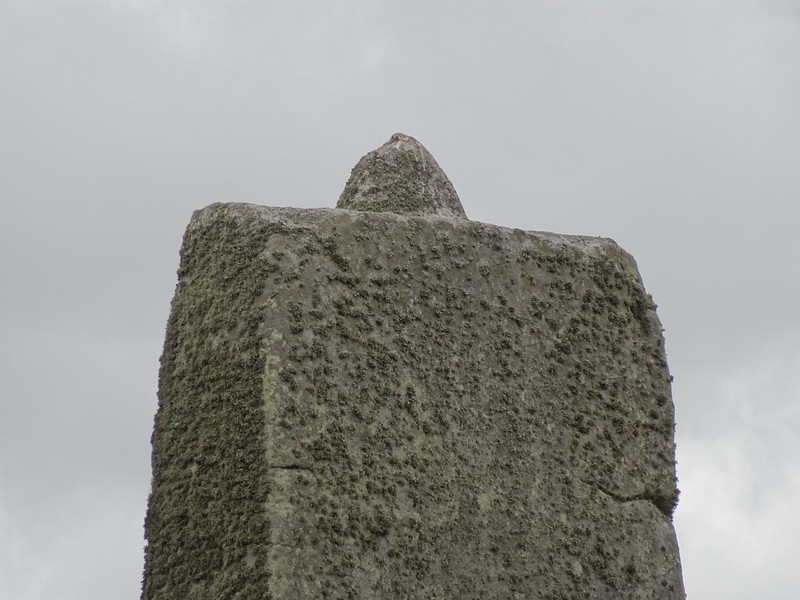Mortise and tenon joints

|
| The lintels at Stonehenge are secured by stone mortise and tenon joints. |
Contents |
[edit] Introduction
A mortise is a socket, recess or hole cut into a material in order to connect with a tenon (or tongue). In construction terms, this technique is commonly referred to as a mortise and tenon joint.
This method can be quite strong and sturdy, and is often used to join two components at a right angle. It is commonly found in furniture (such as tables and beds) or structures that require durable frames, such as doors or windows. It is one of the most common types of joinery used for woodwork and furniture.
[edit] History
Mortise and tenon joints have been used for thousands of years, most commonly in woodworking, but also for stone, iron and so on. Ancient examples have been found in architecture, shipbuilding and furniture making around the world, including a ship in the Giza pyramid complex, roofing structures in ancient Chinese architecture and the lintels at Stonehenge.
[edit] Types of mortises and tenons
There are many variations on the mortise and tenon joint:
- Barefaced mortise.
- Haunched mortise.
- Open mortise.
- Stub mortise.
- Through mortise.
- Through-wedged half-dovetail.
- Twin mortise.
- Wedged half-dovetail.
[edit] Types of tenons include:
- Hammer-headed tenon.
- Half shoulder tenon.
- Loose tenon.
- Pegged (or pinned) tenon.
- Stub tenon.
- Teasel (or teazle) tenon.
- Through tenon.
- Top tenon.
- Tusk tenon.
[edit] Related articles on Designing Buildings
Featured articles and news
RTPI leader to become new CIOB Chief Executive Officer
Dr Victoria Hills MRTPI, FICE to take over after Caroline Gumble’s departure.
Social and affordable housing, a long term plan for delivery
The “Delivering a Decade of Renewal for Social and Affordable Housing” strategy sets out future path.
A change to adoptive architecture
Effects of global weather warming on architectural detailing, material choice and human interaction.
The proposed publicly owned and backed subsidiary of Homes England, to facilitate new homes.
How big is the problem and what can we do to mitigate the effects?
Overheating guidance and tools for building designers
A number of cool guides to help with the heat.
The UK's Modern Industrial Strategy: A 10 year plan
Previous consultation criticism, current key elements and general support with some persisting reservations.
Building Safety Regulator reforms
New roles, new staff and a new fast track service pave the way for a single construction regulator.
Architectural Technologist CPDs and Communications
CIAT CPD… and how you can do it!
Cooling centres and cool spaces
Managing extreme heat in cities by directing the public to places for heat stress relief and water sources.
Winter gardens: A brief history and warm variations
Extending the season with glass in different forms and terms.
Restoring Great Yarmouth's Winter Gardens
Transforming one of the least sustainable constructions imaginable.
Construction Skills Mission Board launch sector drive
Newly formed government and industry collaboration set strategy for recruiting an additional 100,000 construction workers a year.
New Architects Code comes into effect in September 2025
ARB Architects Code of Conduct and Practice available with ongoing consultation regarding guidance.
Welsh Skills Body (Medr) launches ambitious plan
The new skills body brings together funding and regulation of tertiary education and research for the devolved nation.
Paul Gandy FCIOB announced as next CIOB President
Former Tilbury Douglas CEO takes helm.
UK Infrastructure: A 10 Year Strategy. In brief with reactions
With the National Infrastructure and Service Transformation Authority (NISTA).






















